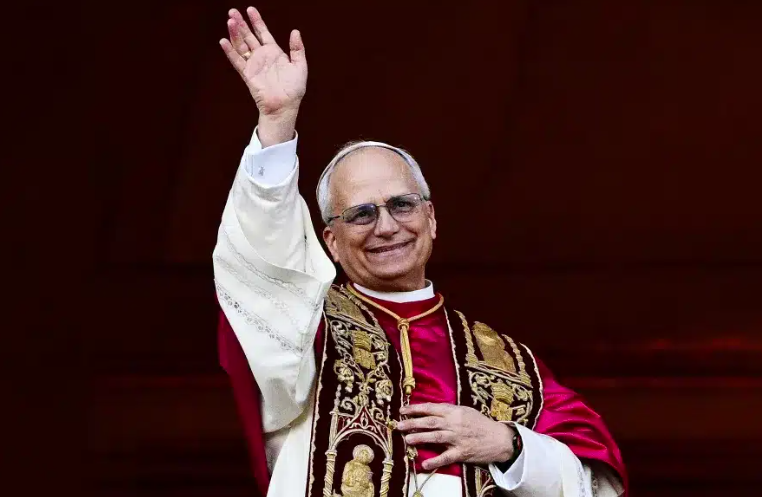
Controversy Surrounds Leo XIV Before Conclave 2025 — Here’s His Full Story
Pope Leo XIV faced criticism for his past conduct within the Catholic Church just before being elected pope. However, some argue that these accusations are part of a smear campaign against him.
Pope Leo XIV made history as the first American to hold the position of head of the Roman Catholic Church, leading over 1.4 billion Catholics worldwide.
Despite the historic nature of his ascent to the papacy, Pope Leo XIV’s rise has brought renewed attention to earlier allegations.
As the world embraced the new leader, questions from the past resurfaced.
Prior to his formal appointment, Pope Leo XIV came under fire due to claims linking him to several priests who were eventually charged with serious crimes involving women.
He had maintained strong relationships with several of the priests at the time, according to observers. However, some of those same clergy members turned against him in their testimonies once the legal process began.
The fallout was swift. Questions arose about whether he had ignored warning signs or failed to take action when it mattered most.
Lopez de Casas was one of the most vocal critics, publicly condemning him without hesitation:
“He’s hardly a good priest if he observed and said nothing. Complicity, that’s what that is.”
As the public discussion progressed, Pope Leo XIV’s lengthy tenure within the Church came under increasing scrutiny.
He had spent much of his religious life overseas, having been appointed by Pope Francis in 2023 to lead the Vatican institution responsible for selecting and overseeing bishops worldwide.
His career included roles as a missionary, parish priest, teacher, and bishop in Peru.
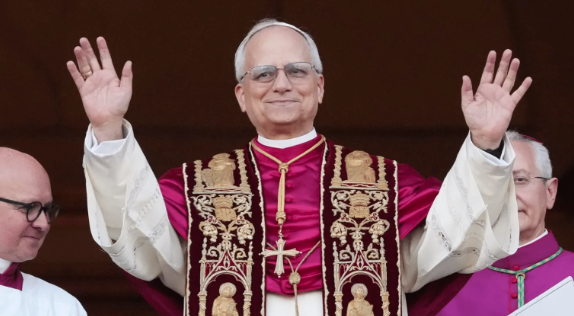
The pontiff, fluent in both Italian and Spanish, made numerous trips to visit religious communities during his time as head of the Augustinian order.
According to Raúl E. Zegarra, assistant professor of Catholic theology at Harvard Divinity School, Pope Leo understands that the heart of the Church “is not in the United States or the North Atlantic.”
After reflecting on his global service and multilingual background, Pope Leo publicly embraced his new position, delivering a message of hope and unity.
As the 267th pope, the 69-year-old stood on the balcony of St. Peter’s Basilica on May 8, 2025, addressing the faithful gathered below. With a calm and steady voice, he said, “Peace be with you all.”
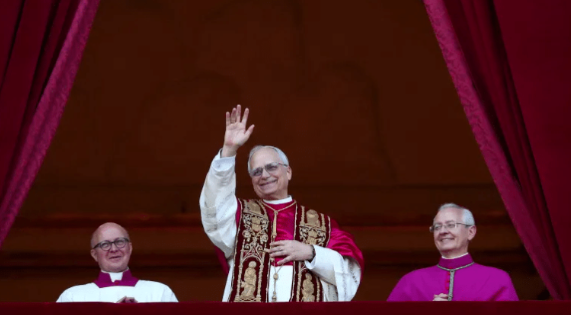
He urged Catholics to remember the late Pope Francis’s efforts to unite people as he addressed the audience in St. Peter’s Square.
Then, the Chicago native shared his own vision for the Church:
“Together, we must strive to be a missionary Church. A Church that fosters communication and understanding.”
In his speech, delivered in Italian, Pope Leo called on the faithful to practice charity and engage in love-based conversations. He emphasized the importance of compassion and authentic connection.
His message of unity and kindness was soon followed by a closer look at his rapid ascent to the papacy.
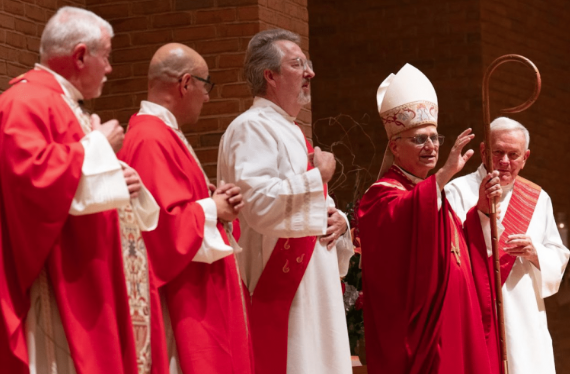
Pope Leo was elected by the 133 cardinals who had entered the conclave just two days earlier, signaling significant support from the outset of the voting process.
His election was as swift as those of recent popes: John Paul II was elected in three days in 1978, while both Francis and Benedict XVI were chosen on the second day.
As the ceremonial proceedings unfolded, tradition quickly took center stage, following a familiar pattern set by his predecessors.
One of the first tasks upon assuming the position of Supreme Pontiff is choosing a papal name, a tradition that dates back to the early years of the Church.

“Habemus Papam,” the pope’s Latin baptismal name, is used by the Cardinal Protodeacon to announce the decision to the public.
This ancient custom symbolizes a spiritual rebirth and was originally inspired by Saint Peter, whose given name was Simon.
Over time, the practice has evolved into a symbolic act, though early name changes were often used to distinguish new popes from pagan identities.
Out of the 267 popes in history, only 129 have adopted a new name, with the custom becoming well-established by 955.
Most popes followed the tradition, sometimes even choosing a third name used within their religious orders. However, some, like Adrian VI and Marcellus II, retained their birth names.
With his appointment now official, the Catholic world is celebrating. From the streets of Rome to small towns, his name is spoken at services and in churches.

The announcement has sparked scenes of joy and national pride in the United States, where about one in five people identify as religious.
The excitement reverberated globally, especially within Pope Leo’s own family, extending far beyond the walls of the Vatican.
The announcement of his election stirred strong emotions in the U.S., but none were more heartfelt than those of his two older brothers.
The day before the conclave began, John Prevost recalled a conversation with his brother. “I think I could be the first American pope,” he had said.
Pope Leo dismissed it as “nonsense” and “just talk,” confidently stating, “They’re not going to pick an American pope.” John continued, “He just didn’t believe it, or didn’t want to believe it.”
Louis Prevost, their eldest brother, was asleep at home in Florida when his wife informed him that white smoke had emerged from the Sistine Chapel.
He instantly recognized the name “Roberto” when it was announced.
“That’s Rob,” he exclaimed. “I was just thankful I was still in bed lying down, because I might have fallen down.” He described what happened next as spontaneous joy:
“I got out of bed and started dancing around like an idiot.”
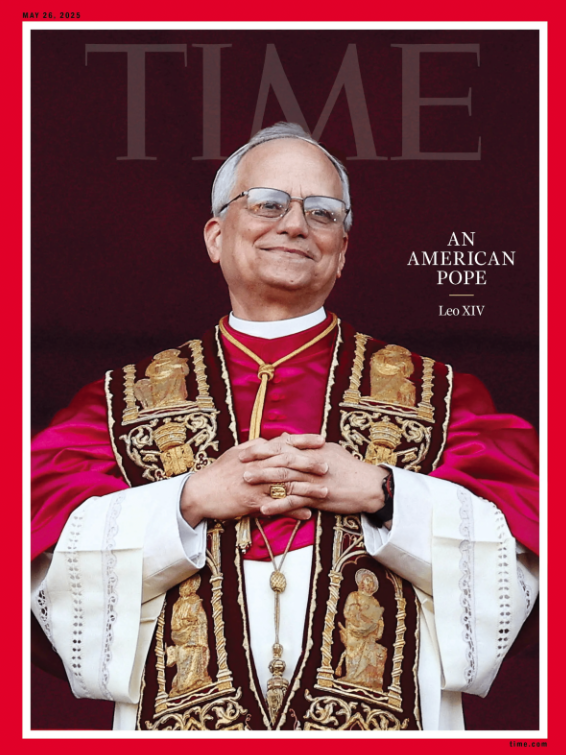
The moment was not entirely unexpected to Louis. He recalled Pope Leo as a child who was already drawn to the priesthood. He would use Necco wafers to pretend to administer Communion while his brothers played. He shared:
“We used to constantly make fun of him, saying, ‘You’ll be the pope someday.’ The same thing was said by neighbors. Here we are, after sixty-some years.”
Decades of quiet dedication, long before the cameras and headlines, form the foundation of the Prevost family’s pride.
That journey began in Chicago, where Louis Marius Prevost and Mildred Martínez welcomed Pope Leo into the world on September 14, 1955.
After completing his religious education with the Augustinian Fathers, he attended Villanova University to study philosophy and mathematics. He entered the Augustinian novitiate in 1977, took his solemn vows in 1981, and made his first vows a year later.
At 27, he was ordained in 1982 at the Augustinian College of Saint Monica in Rome, after continuing his path to the priesthood at the Catholic Theological Union in Chicago.
Later, Pope Leo completed his PhD in canon law, focusing on the role of the local prior within the Augustinian order.
In the mid-1980s, he was sent to Peru, where he worked for over a decade in resource-poor communities. He led parish communities, taught, served in leadership roles, and helped shape future priests.
In 1999, he was appointed Provincial Prior of the Augustinian Province in Chicago, and in 2001, he became Prior General of the order, serving a second term in 2007.
After briefly returning to Chicago in 2013, Pope Francis appointed him Apostolic Administrator of the Diocese of Chiclayo in 2014.
A month later, he was consecrated as a bishop. His episcopal motto, “In Illo uno unum,” derived from Saint Augustine’s teachings, emphasizes unity through Christ.
Pope Leo oversaw the Diocese of Chiclayo from 2015 to 2023, while also serving with the Congregation for Bishops and the Congregation for the Clergy, among other national and Vatican-level positions.
He continued to serve in Peru until he was called to the highest position in the Church in 2020, when he was also appointed Apostolic Administrator of Callao.
However, claims of misconduct within the Church prompted the Vatican’s Congregation for the Doctrine of the Faith to initiate an internal investigation as his path to leadership became clearer.
The investigation aimed to determine whether Pope Leo had been involved in any wrongdoing. After months of thorough inquiry, officials found no evidence to support the allegations and declared them unfounded.
Supporters argue that the accusations were part of a smear campaign linked to a Catholic organization in Peru that had been disbanded under Pope Francis.
As the first American to lead the Roman Catholic Church, Pope Leo’s election is historic.
His image as a wise and seasoned leader was shaped by his decades of service, especially in Peru and within the Augustinian order.
His pontificate faced early controversy, but a Vatican investigation found no evidence of wrongdoing. As he begins his term, the global Church is watching closely to see how he will lead.


